Description
In the vast world of chemistry, countless compounds boast unique properties and valuable applications. One such compound worth understanding is Hydroxamic Acid (BzHA). Though it may sound like just another complex chemical, this molecule has carved a niche for itself across various industries, ranging from materials science to pharmaceuticals. In this article, we’ll take a deep dive into the structure, properties, synthesis, and potential applications of Hydroxamic Acid.
Hydroxamic Acid, with the molecular formula C7H7NO2, is an organic compound that belongs to the hydroxamic acid family. Hydroxamic acids are characterized by their distinctive functional group (-CONHOH), and they often exhibit unique chelating properties, making them useful in a variety of chemical and industrial processes.
The “benzyl” part of the name refers to the presence of the benzyl group (-CH2C6H5), a structural component that adds aromaticity and enhances its chemical reactivity. This aromatic quality sets Hydroxamic Acid apart from many other hydroxamic acids, contributing to its versatility.
Key Properties
Benzyl Hydroxamic Acid exhibits several notable chemical and physical properties:
Chelating Characteristics: Hydroxamic acids are known for their ability to bind to metal ions. Benzyl Hydroxamic Acid is no exception, making it an excellent agent for extracting, transporting, or isolating specific metals in chemical processes.
Solubility: Hydroxamic Acid demonstrates moderate solubility in water and organic solvents, enabling its suitability in a wide variety of chemical solutions.
Stability: Its stability under standard conditions allows for reliable storage and handling in laboratory and industrial environments.
Reactivity: Thanks to its benzyl group and hydroxamic acid functional group, Hydroxamic Acid can participate in diverse reactions, making it a critical intermediate in organic synthesis.
The preparation of Benzyl Hydroxamic Acid is relatively straightforward and involves standard organic reactions. A common method of synthesis includes the reaction of hydroxylamine with benzyl esters or benzoyl derivatives. Here’s a simplified route:
A benzyl chloride (or related derivative) is reacted with hydroxylamine, typically in the presence of a suitable solvent or catalyst.
After the reaction, the product is purified through crystallization or extraction methods.
This method can be fine-tuned in terms of reaction conditions, pH, solvents, or substrates to optimize yields and purity levels.
Applications in Various Fields
Hydroxamic Acid has been gaining attention for its wide-ranging benefits across several domains. Let’s explore where this compound has seen success:
1. Metal Extraction and Separation
One of the most prominent uses of Benzyl Hydroxamic Acid stems from its strong chelating abilities. It can selectively bind to metal ions, making it ideal for:
Mineral processing and ore extraction
Recovery of rare-earth elements
Removal of unwanted metal contaminants in chemical reactions
In industries where precision metal separation is important, Benzyl Hydroxamic Acid often proves indispensable.
2. Pharmaceuticals and Medicine
Several hydroxamic acids, including Hydroxamic Acid, have demonstrated promise in the pharmaceutical sector. In some cases, they are employed as:
Potential inhibitors of enzymes like metalloproteinases, which play a role in numerous diseases.
Drug design scaffolds for targeting specific enzymatic pathways.
Research on hydroxamic acids like Benzyl Hydroxamic Acid continues to provide new insights into potential therapeutic applications, including cancer therapies and antibacterial agents.
3. Polymer and Material Science
The ability of Hydroxamic Acid to form stable complexes with metals has made it useful as a reagent in modifying or stabilizing polymers and materials. It can help enhance properties like resistance to degradation or improve polymer processing conditions.
4. Analytical Chemistry
Scientific researchers often use Benzyl Hydroxamic Acid as a reagent for detecting metal ions in solutions. Its sensitivity to particular metals makes it an excellent tool for analytical chemists studying complex systems.
Safety and Handling
Like many chemical compounds, proper precaution is necessary when working with Benzyl Hydroxamic Acid. Key safety measures include:
Personal Protection: Gloves, goggles, and protective clothing should always be used when handling this compound.
Ventilation: Direct inhalation of its vapors or fumes should be avoided, and work should be conducted in a well-ventilated laboratory or under a fume hood.
Storage: Store Benzyl Hydroxamic Acid in a cool, dry place and away from incompatible chemicals, such as strong oxidizing agents.
While not exceptionally hazardous, neglecting recommended protocols can lead to unwanted exposure or chemical decomposition.
Future Directions and Research
As industries seek innovative compounds to tackle complex challenges, Hydroxamic Acid continues to attract attention. Future research may explore its:
Enhanced role in green chemistry and sustainable processes
Use as an eco-friendly alternative in metal extraction
Potential involvement in designing next-generation pharmaceuticals
Scientists are also investigating ways to synthesize Benzyl Hydroxamic Acid using cleaner, more energy-efficient methods.
Conclusion
Benzyl Hydroxamic Acid may not be a household name, but its versatility and value in various scientific and industrial applications make it a hidden gem in the world of chemistry. From its ability to chelate metals to its contributions to drug development and materials science, this compound proves the power of functional organic molecules. As research progresses, we can expect even more impactful uses for Benzyl Hydroxamic Acid to emerge, solidifying its role as a staple compound in modern science and industry.





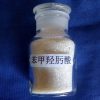

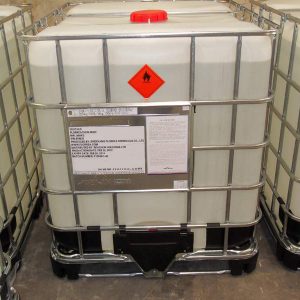
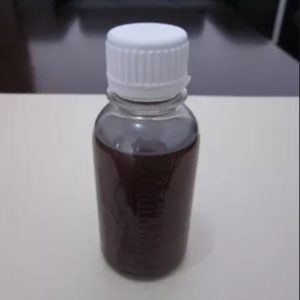
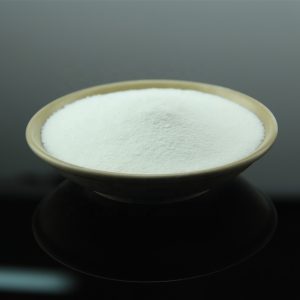
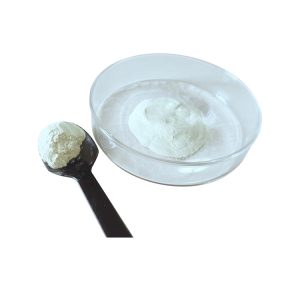

Reviews
There are no reviews yet.